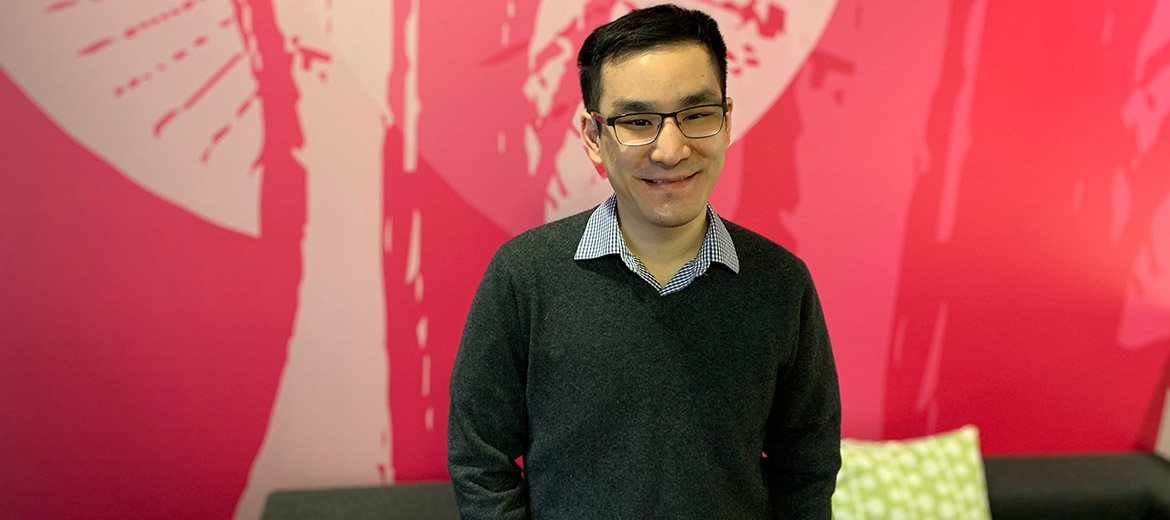4-minute read
My name is Andrew and I’m a Senior Consultant with Logic20/20. My background is in data analytics and data visualization, so I feel right at home within Logic20/20’s Advanced Analytics practice. Even though I just marked my one-year anniversary with the company, I’ve already been heavily involved with yielding data insights for two major Seattle-area companies, both of which have international footprints. My experience has helped me understand how companies use data and how it can help drive impactful business decisions.
My current project involves the development of dashboards that provide insights into our client’s supply chain processes. At the beginning of this project, I spent a lot of time learning about the scope of work. I attended workshops to gather business requirements, understand relevant stakeholders, and assess the types of questions that Logic20/20’s dashboards could help answer. What I learned was very helpful as we developed blueprint designs of our dashboards.
Following several months of research, development and re-development, demonstrations to the client, and redesigns, our work is now coming together. More work has yet to be done, but I’m happy with our progress so far. Below is an example of what my typical day looks like.
A Typical Day
8:30am—Start of the day
A typical day starts at around 8:30am, once I get to the client site. Then, it’s a scan through my emails and Slack for anything new. Once done, I think about and plan some of the things I’ll need to accomplish before the day is over. This is going to be important for the upcoming morning meeting with my team!
9:30am—Daily stand-up meeting
To better manage the logistics and timing of our dashboard development, our entire team has a 15-minute daily stand-up meeting. It’s an opportunity for us to share information with each other regarding what we worked on the day before, what we plan to do that day, and what obstacles (“blockers”) stand in our way of accomplishing what we need to do.
9:45am – 3pm—Bulk of the day’s work
Between the internal meetings in the morning and client-facing meetings in the afternoon, most of my time in the middle of the day is reserved for development. It’s this time where I focus on developing the features of the dashboards, guided by the evolving wireframe designs.
3pm—Dashboard review meeting
Game time. In these meetings, our team presents what we’ve developed to the client. We talk about what we’ve found in the data, showcase our visualizations, receive feedback, answer questions, etc. We make sure to take notes of the action items brought up during this meeting.
4pm – 5:30pm—Wrap up
After our meeting with the client, we synthesize and combine our notes, then plan our next steps. These next steps will drive our plan for tomorrow. The end of the day also presents me the opportunity to deal with work that is not directly client-related, like completing my timesheet, organizing my admittedly cluttered Windows desktop, and other work-related items.
Evening hours
While I strive to maintain a good work-life balance, I have often found that the slower pace of my evening hours allows me to prioritize and plan for the next day. With a clearer mind, I’m also able to come up with creative solutions to some of the problems that I encountered during the day.
Tools
• Tableau Desktop and Tableau Server are the core tools of my work. These programs are where we develop dashboards.
• I use SQL Server Management Studio (SSMS) to view data in its original format. From simple SELECT queries to quickly view segments of the data to managing more complicated, stored procedures, SSMS gives me the opportunity to dig deeper into the information that powers our dashboards.
• I use Excel as another means to view data in a simple but effective way. I also maintain a dedicated Excel workbook file to to test different parts of my Tableau calculations and see if they are working properly.
• I use Slack extensively to communicate with my colleagues and pose data-related questions to the larger team.
• I use Jira to manage my task list.
I come to work every day committed to accomplishing something new. Whether that’s learning some cool, new visualization made possible by Tableau, or finding something intriguing in the data I’m working with, I believe coming to work with positive vibes makes for a good working environment.
I also love my dedicated and hard-working team. In much the same way that putting good data into a process can produce positive results, the hard work our team puts in pays off. This makes me look forward to what we can accomplish tomorrow and every day after that.

